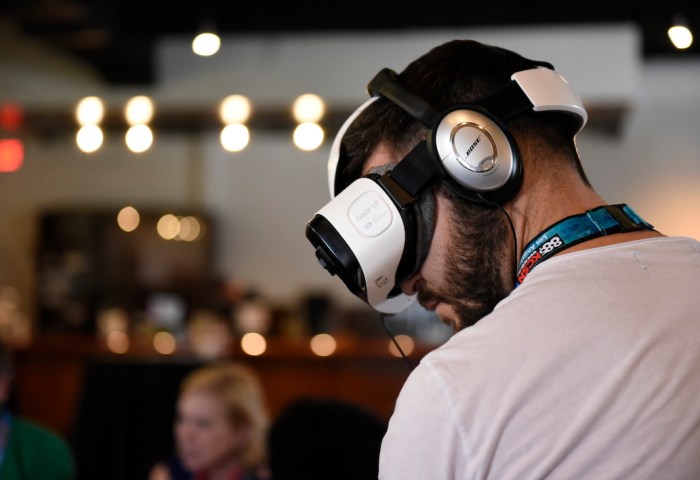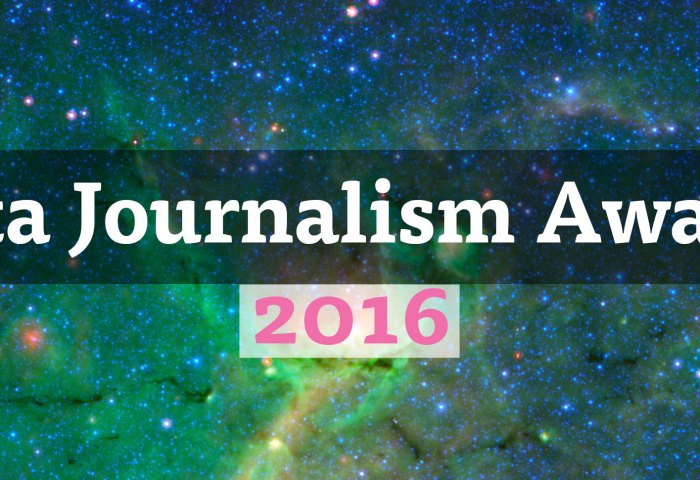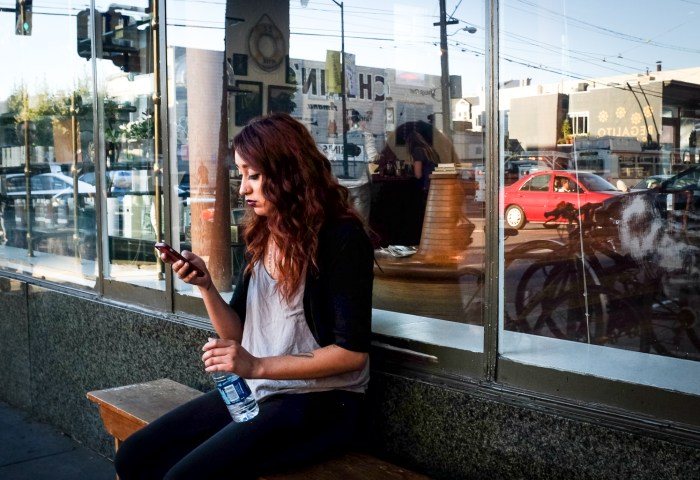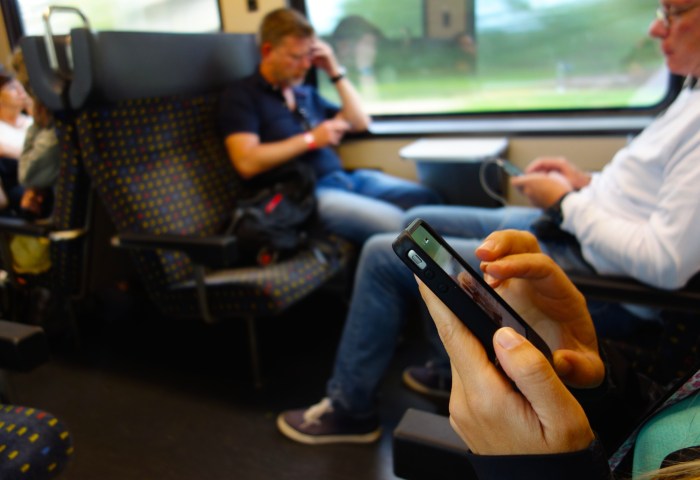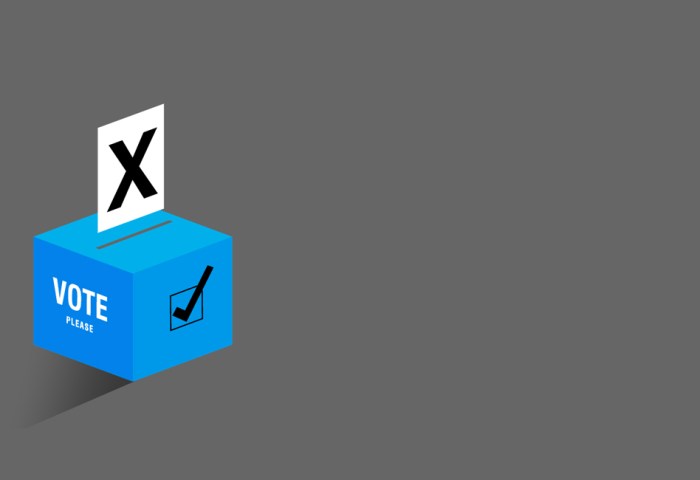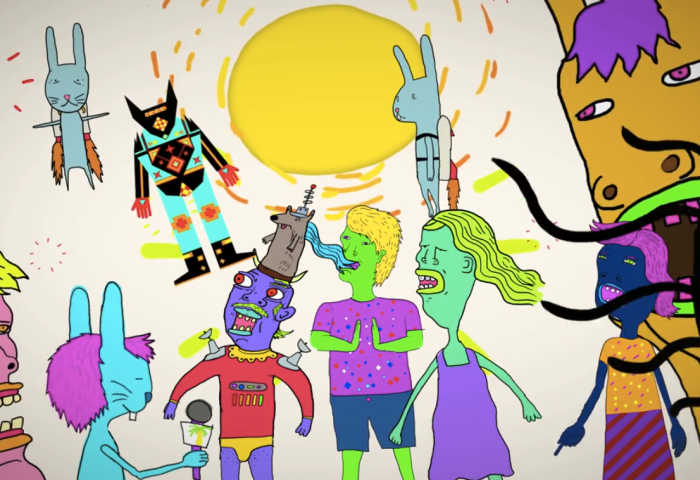The promise of virtual reality has been with us for decades, but it is only in the past few years that technological advances in this space have made us pay closer attention to the opportunities for journalism and wonder whether society is finally poised to broadly adopt the technology. We use the term immersive storytelling […]
Article · September 15, 2016 by Shazna Nessa
